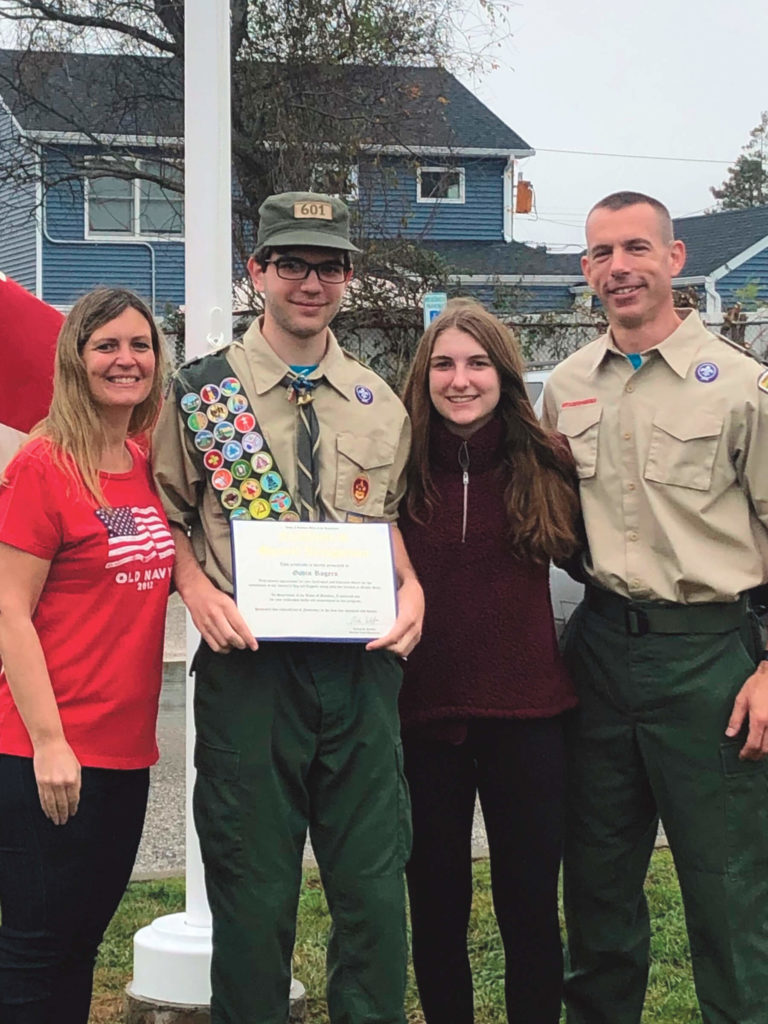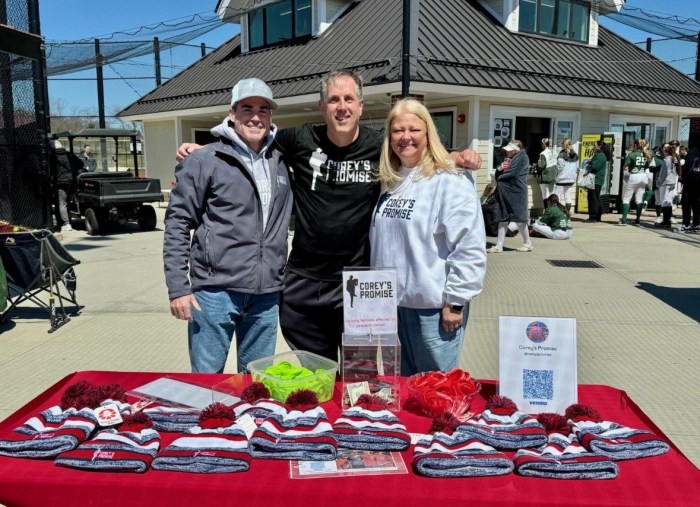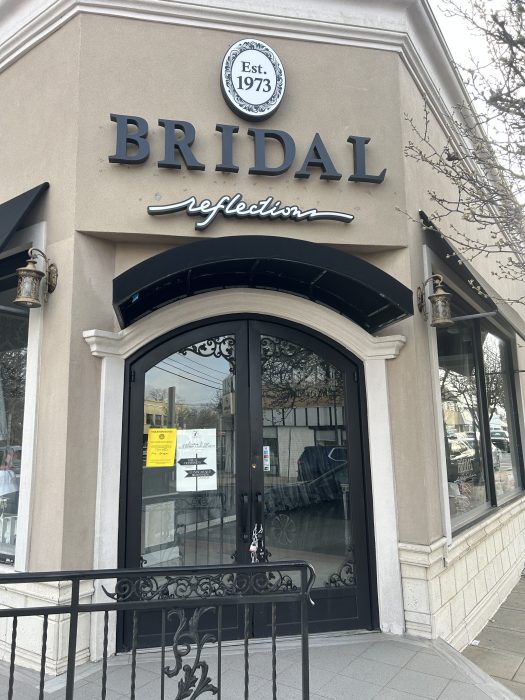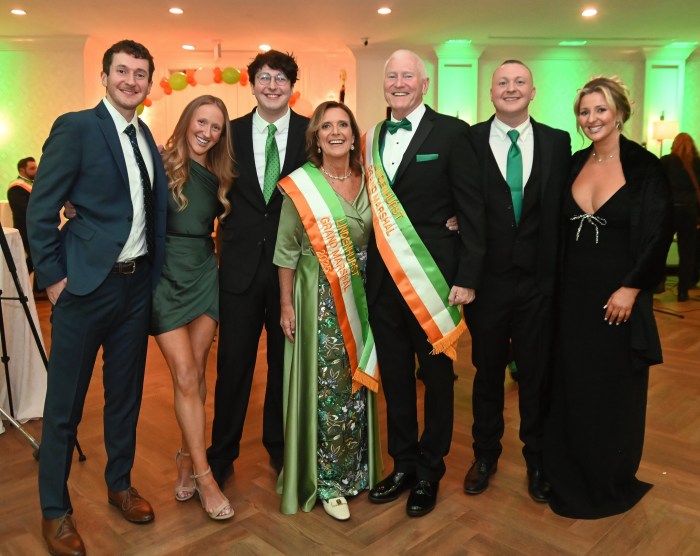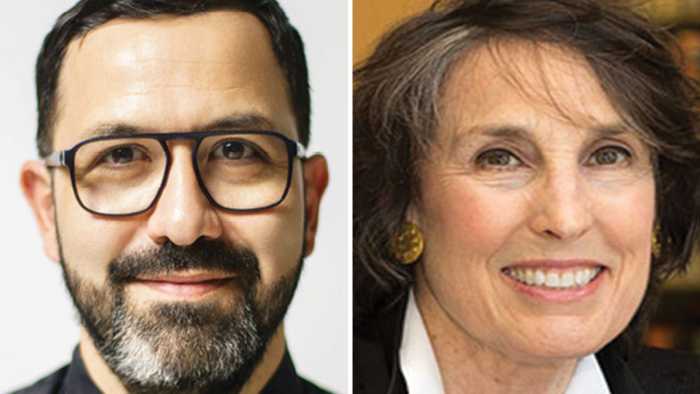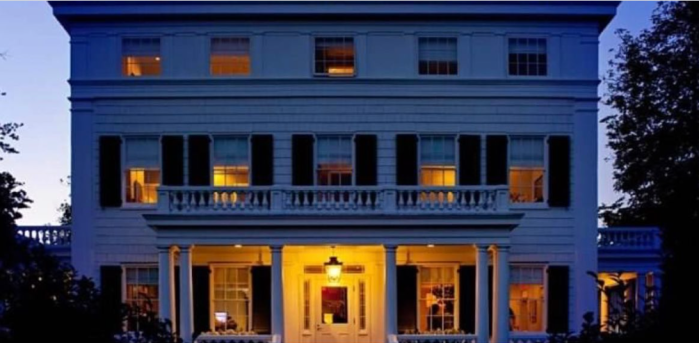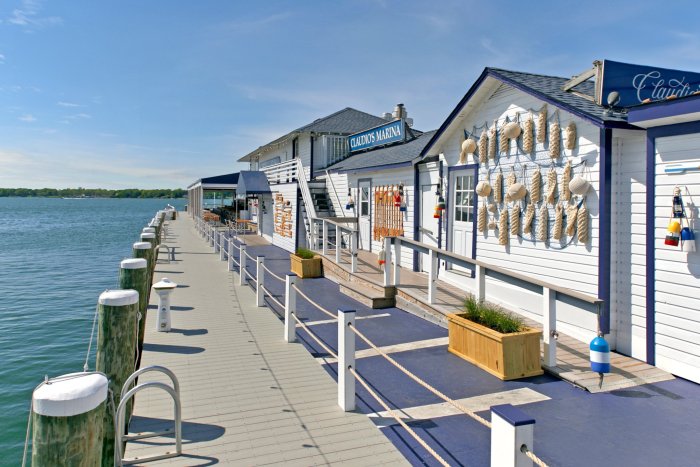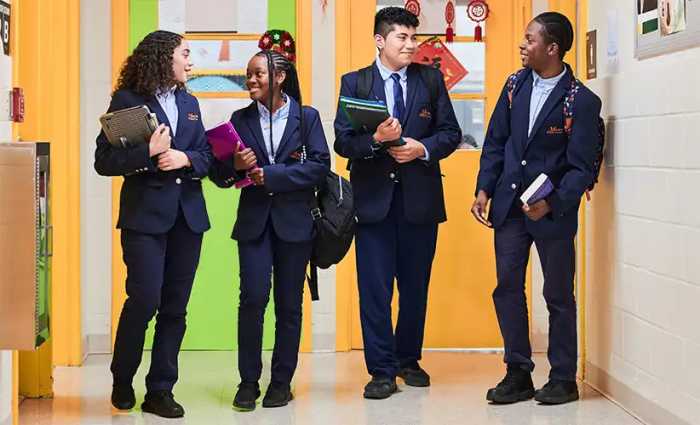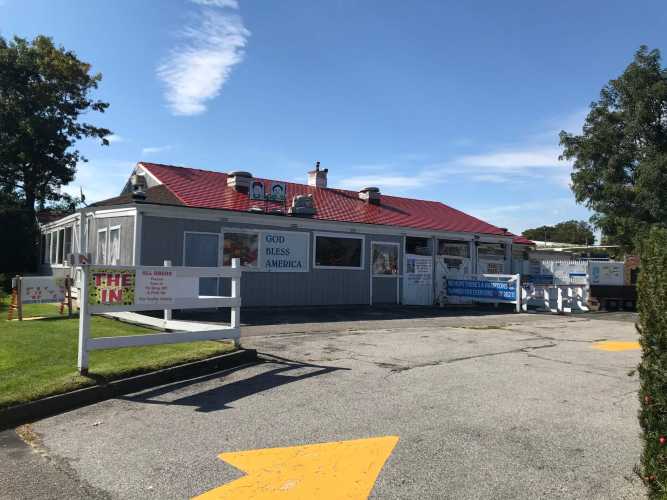Farmingdale High School alum beautifies Michel Park

(Photo by Shawn Rogers)
The Boy Scouts of America (BSA) motto is to be prepared. It’s a maxim that came to bear significantly when Gavin Rogers was embarking on becoming an Eagle Scout. The primary path to earning the highest rank attainable in the BSA is the Eagle Scout Service Project, which is an opportunity for a Scout to show leadership while performing a project that benefits a community.
Rogers’ initial Eagle Project for Troop 601 called for refurbishing a tree and brick-lined walk at the entryway of the Long Island National Cemetery. This fairly complex project was already signed off on when the pandemic struck.
“There is a memorial at the cemetery that’s located at the entrance when you come in that is kind of a small tree with a little bit of a brickway path that goes around it,” Rogers explained. “It’s kind of in shambles, so I was originally going to refurbish it as a project. I was going to take out the bricks, relay them and put a flower arrangement in. That was going to be my original project and then the coronavirus happened. I waited a few months and actually turned 18 in May. So [the Boy Scouts] were able to give me a three-month extension. I was waiting and the three month-extension came up and I had to make a decision because they wouldn’t give me anymore time after that.”
Scouts must complete their Eagle Project before their 18th birthday. As Rogers’ Scout Master John Sharp explained, “If you’re a Scout and you want to be an Eagle Scout and get your project going, you have to do it when you are no older than 17 years and 364 days old. You have to complete it by that day. If you do that and everything is good, then you’ll be an Eagle Scout. One day more, on your 18th birthday and you complete it—you lose.”

(Photo by Shawn Rogers)
Despite the fact that Rogers turned 18 in May, BSA granted him a second and final three-month extension that began on Aug. 14, meaning the Eagle project had to be completed by Nov. 14. With COVID-19 restrictions in place that prevent national cemeteries like Pinelawn not expected to open anytime soon, Rogers scrambled to find another Eagle Project to complete before his final extension lapsed. His father Shawn, who is an Assistant Scout Master with Troop 601, connected his son with Patrick Burns, a past president of the East Farmingdale Kiwanis Club, with a connection with the Town of Babylon: It turned out East Farmingdale’s Michel Park was in need of park benches and a flagpole.
As is the case with every Eagle Project, there are significant benchmarks that need to be met. The recipient of the project, also known as the beneficiary, must sign off and approve the proposal at which point the scout must go before the Eagle Scout Committee, which asks a rigorous slate of questions pertaining to Eagle Project particulars ranging from number of anticipated man-hours to complete a job and the material resources and manpower necessary to work-safety issues and anticipated budget costs. Suffice it to say, Rogers experienced plenty of obstacles for this Eagle Project that took six weeks and 20 people to help complete.
“Learning how to do the actual project was a major challenge,” the Farmingdale High School alum admitted. “One thing I had to do is lay a lot of cement and I don’t know how to lay cement. I had to find some volunteers. Luckily, my best friend’s father was a contractor at one time and he owned a lot of supplies. So he was able to help me out and explain to me what had to be done. Also, building the benches [was a challenge]. I chose an aesthetically pleasing bench, which was also the hardest kind of bench [to build] that I could have picked. My dad helped me out with that a lot as well. Basically, trying to figure out how to do the project, telling the Boy Scout board that I knew what I was doing and figuring it out along the way [were major hurdles]. But luckily, I had a lot of volunteers that helped me out with that.”

(Photo by Shawn Rogers)
Town of Babylon officials initially offered to connect Rogers with contractors that could sell him a kit to build the benches and also pour the concrete bases for the seating and the flagpole. While the offer was generous, Sharp explained, had Rogers sought that path, it would defeat the purpose of the project and he wouldn’t qualify to become an Eagle Scout.
“The goal here is to involve them in something that is challenging enough to demonstrate their organizational abilities, their drive and the most important thing is the supervisory aspect of it,” Sharp said. “They don’t want the Scout to do the whole project. They want him to go find volunteers.”
The project was completed and was appropriately dedicated on Veterans Day, during which time Rogers was awarded a citation as his family looked on. The next step for the Scout is to go before the Eagle Scout Committee and present the recap of the project and his Scouting experience. Sharp expects Rogers to fly through the confirmation process, at which point he and three other young men will be sworn into the Eagle Scouts at a future, post-pandemic ceremony. For Rogers, who is a government and politics major at St. John’s University, Scouting proved to be a springboard for his future post-collegiate plans.
I would ideally like to go into public service and maybe run for a small election myself,” he said. “I’m very much into giving back to my community because of what they’ve done for me. That’s kind of what I want to do and maybe go into the big leagues. That’s everyone’s dream.”




